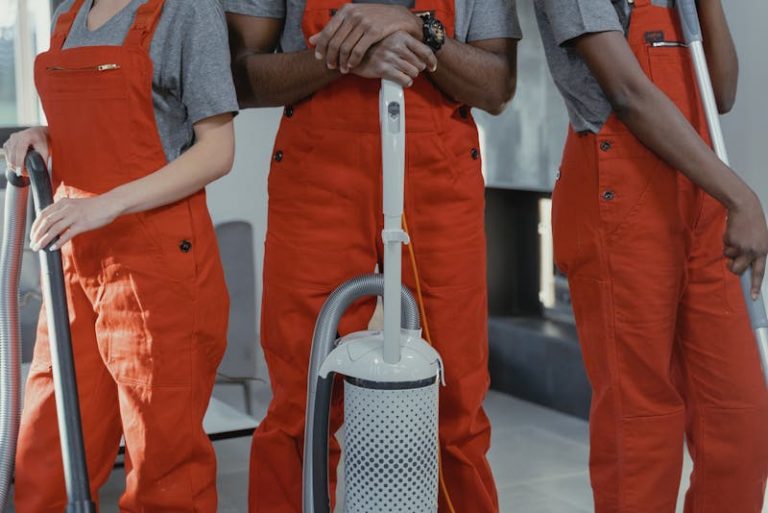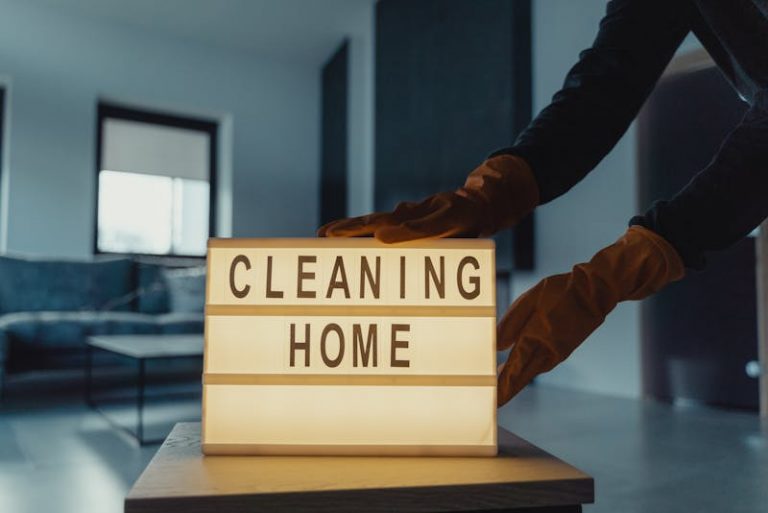

The construction industry is a dangerous field. Due to its precarious nature lifting heavy objects, using tall heights and transporting volatile materials it has a higher risk of injury and death than many similar areas of labor. Because of this fall protection certification is a must-have for any small or large business working in construction. Teaching workers how to practice safe habits and properly use rigging equipment goes a long way in keeping them and others safe throughout the year.
What Are Common Injuries Sustained On The Job?
To keep your workers safe you need to be aware of the risks they face when working. Falls, slips and trips constitute the majority of life-threatening injuries in the field of construction and the vast majority can be prevented with proper training and preparation. OSHA (short for ‘occupational safety and hazard association’) uses a three-step process to prevent dangerous falls and save lives every year. The steps are plan, provide and train. Should your business be lacking in this area, it’s imperative you schedule a meeting as soon as possible to implement this essential drill in your work base.
What Are Common Illnesses Obtained On The Job?
Not only can a worker be injured while working, they can become ill. Studies have shown worker injuries and illnesses are both lower than they’ve been in years, from 10 incidents per 100 workers back in 1972 to just three per 100 in 2011. Nonetheless, OSHA provides strict protocol in preventing illness in workers and keeping them healthy no matter the location or length of their shift. Common illnesses include the common cold, the flu and infections received from cuts or poor use of rigging equipment. Exposure to hazardous chemicals can also lead to severe illness, that of which can require medical attention.
What Is Fall Arrest Equipment?
Falls are extremely hazardous and, in many cases, fatal. To stay safe it’s vital to use a fall arrest system. The two major types of fall arrest include general fall arrest, such as safety nets, and personal fall arrests like lifelines and slings. Federal OSHA limits the fall or arrest distance to only six feet, with exceptions to the rule very rare and specific to certain fields. A lack of fall arrest equipment can see a worker falling up to seven feet within two-thirds of a second, risking broken bones, sprains or death. An OSHA specialist can analyze the exact kind of fall arrest your construction force needs to stay safe.
How Do I Take Good Care Of Rigging Equipment?
It’s not enough to buy the right equipment. Maintaining them ensures they can perform to the fullest of their function. Slings should be inspected every year for normal service use, with monthly to quarterly reviews necessary if they’re used on a more frequent basis. Sling types can be endless, single, two or three leg, used for various weights and techniques. Remember to closely follow the recommendations of the sling manufacturer when using the metallic-core wire rope slings, as their unique design means they are more susceptible to temperature changes.
How Do I Create A Safer Work Environment?
A safe work environment is possible when you use all the resources at your disposal. OSHA requires that rigging equipment and fall protection is constantly provided at elevations of four feet in general industry workspaces, with five feet for shipyards and six feet in construction. OSHA regularly tests the proper weight for fall arrests to ensure they can be used by anyone and still remain safe. Your business should be given a fall protection certification after its evaluation and a yearly check-up is necessary to make appropriate changes. A safe work environment is possible for everyone with a little foresight, proper preparation and simple planning.






